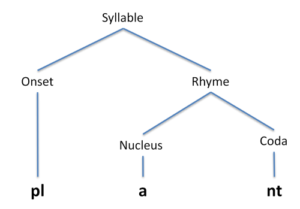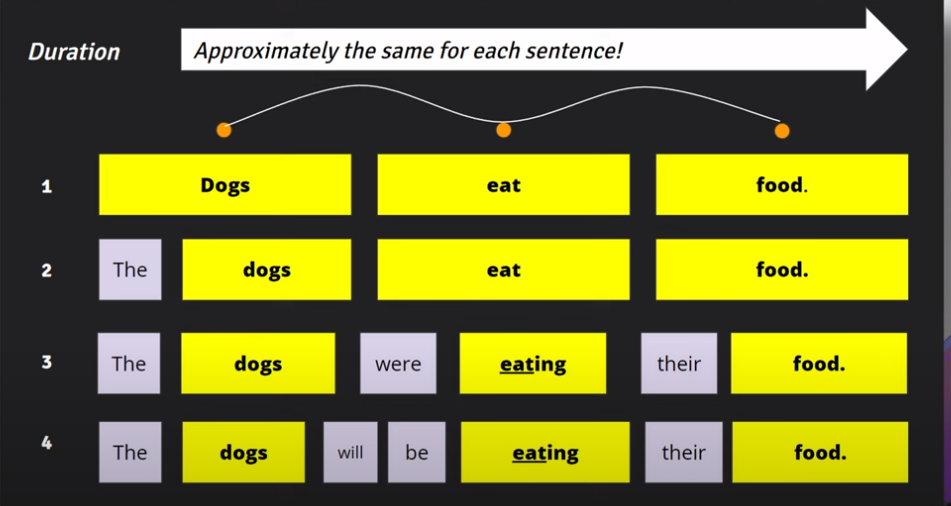Why is understanding English so difficult? Even after decades of studying English, listening to and comprehending it remains a challenge. Merely hearing English seems easier than speaking it in the next step. If one could practice by mimicking what they hear, the speed of learning English would undoubtedly increase. However, for various reasons, foreigners, especially Koreans, find it difficult to listen to and understand English.
There are essentially two reasons we have already looked at. The first reason is the difference in frequency range between English and Korean. As we’ve seen in ‘Why is it so difficult to hear English?‘, English produces sounds in a relatively high frequency range of 800-12,000 Hz, whereas Korean is a low-frequency language. In short, the sounds are very different.
The second reason we struggle to listen to English, as summarized in ‘Why Is It So Hard for Koreans to Learn Speaking in English?‘, is due to the different word order. When speaking and listening in English, we often find that the order in which the other person speaks is very different from the order in which we think. This is likely due to the difference in sentence structure between English and Korean.
We aim to further explore why we struggle to listen to and use English. By understanding these reasons, we might find better ways to improve.
Table of Contents
English allows final consonants and double consonants
Even without knowing linguistic theories, anyone who has lived with foreigners knows that Chinese and Japanese people cannot pronounce final consonants. More precisely, they can pronounce voiced sounds like ㄴ, ㅁ, and ㅇ, but they cannot pronounce many voiceless final consonants. However, English has final consonants, which is why it is difficult for people from these countries to produce English sounds.
For example, English speakers would pronounce ‘Truck’ close to ‘트럭’ in sound. However, Japanese people, who cannot pronounce final consonants, cannot produce nor write this sound, leading to the creation of the word ‘トラック (torakku)’. On the other hand, Koreans have used difficult sounds like 각, 닫 and can pronounce them.
But why is it especially difficult for us to learn English, particularly speaking? It seems there are two main reasons: the method of pronouncing syllables and the sounds used in speech are different.
The sounds humans use for communication have a structured sound system. Within this system, a syllable is a combination of consonants and vowels bundled together to be sounded in one go. This can be represented in writing as initial, medial, and final sounds.

In English-speaking regions, this is described as the ‘onset-nucleus-coda’ structure. The key component here is the medial sound, which is occupied by the vowels we are familiar with. Following the vowel is what we call the final consonant, also known as the coda. However, some languages fully utilize this final consonant in their sound production, while others partially or not at all.
For example, languages such as Hawaiian, Japanese, and Italian do not have final consonants, meaning these languages always end in vowels. This characteristic makes it challenging for speakers of these languages to learn Korean or English. For instance, while ‘kimchi’ is pronounced in two syllables in Korean, Japanese speakers would pronounce it as ‘kimuchi’ in three syllables due to the absence of final consonants in Japanese.
Languages like Korean, English, and French that have structures with final consonants are called closed syllables. English, being closed syllable languages, theoretically offer advantages for Korean over those who speak languages like Japanese or Chinese when learning English. This advantage would be more pronounced if not for the influence of previously adopted English learning methods from Japan. For example, ‘hotdog’ can be comfortably pronounced as ‘핫독’ rather than ‘ホットドッグ (hotto doggu)’ in Japanese. Knowing this principle allows for closer approximations to the original English sounds, such as pronouncing ‘Sydney’ more accurately.
However, despite these advantages, English listening and speaking remain challenging to Korean. This difficulty arises because languages differentiate based on whether they allow single or multiple consonants. While Korean and Spanish may permit only a single consonant, English and French can allow clusters of two or more consonants. Thus, even though speakers of Korean may have an advantage over Japanese or Chinese speakers, there are still significant hurdles. For example, the English word ‘strike’ is one syllable in English but is pronounced in five syllables as ‘스트라이크’ in Korean, highlighting a significant discrepancy without a straightforward method to represent the ‘st’ sound in one go.
Further complexities include differences in vowel sounds across languages, making it challenging for long-term speakers of a language to produce or even hear English sounds accurately.
Sentence Stress
English is classified as a stress-timed language, while Korean is syllable-timed.
Another reason foreigners struggle with English is the presence of sentence stress, which does not exist in some languages. Sentence stress involves placing emphasis on specific syllables within words, a different concept from the accent on individual syllables.
From the perspective of foreigners, it’s said that Koreans find it relatively easy to pronounce languages like Italian or Spanish. This ease comes from the nature of these languages being syllable-timed, where each word is pronounced with equal length, essentially syllable by syllable.
On the other hand, English, similar to German, is a stress-timed language. In stress-timed languages, stressed syllables are pronounced more forcefully and are often elongated, creating a rhythm where the duration varies. This concept is likened to musical notes in the <5 tips to understand Fast Native Speakers> resource.

For instance, consider the phrase ‘Dogs eat food.’ being spoken with each word taking up one beat.

In stress-timed languages like English, adding more words to a sentence like ‘Dogs eat food.’ does not necessarily change the beat from 3/4 to 4/4. Instead, less important words may be shortened or omitted, maintaining the rhythm.

The presence of three or seven words in a measure can appear significantly different. It’s a common misconception that all words need to be pronounced clearly when practicing English. However, English speakers often lengthen some syllables while shortening others. For example, in the phrase “I’m going to the store,” ‘to the’ might be reduced and linked, making ‘going’ and ‘store’ more prominent and conveying meaning more effectively. Understanding this principle can help in improving listening skills in English and in adopting a more natural speaking style.
5 Tips to Understand FAST Native Speakers
“5 Tips to Understand FAST Native Speakers” is a lecture shared for teaching English to foreigners, emphasizing that fast-speaking English natives follow certain patterns or rules. This lecture provides specific examples to better understand these principles.
Tip 1: Connected Speach
Tip 2: Word stress
Tip 3: Pronunciation of T
Tip 4: Contraction and Reduction
Tip 5: Stessed-timed

답글 남기기